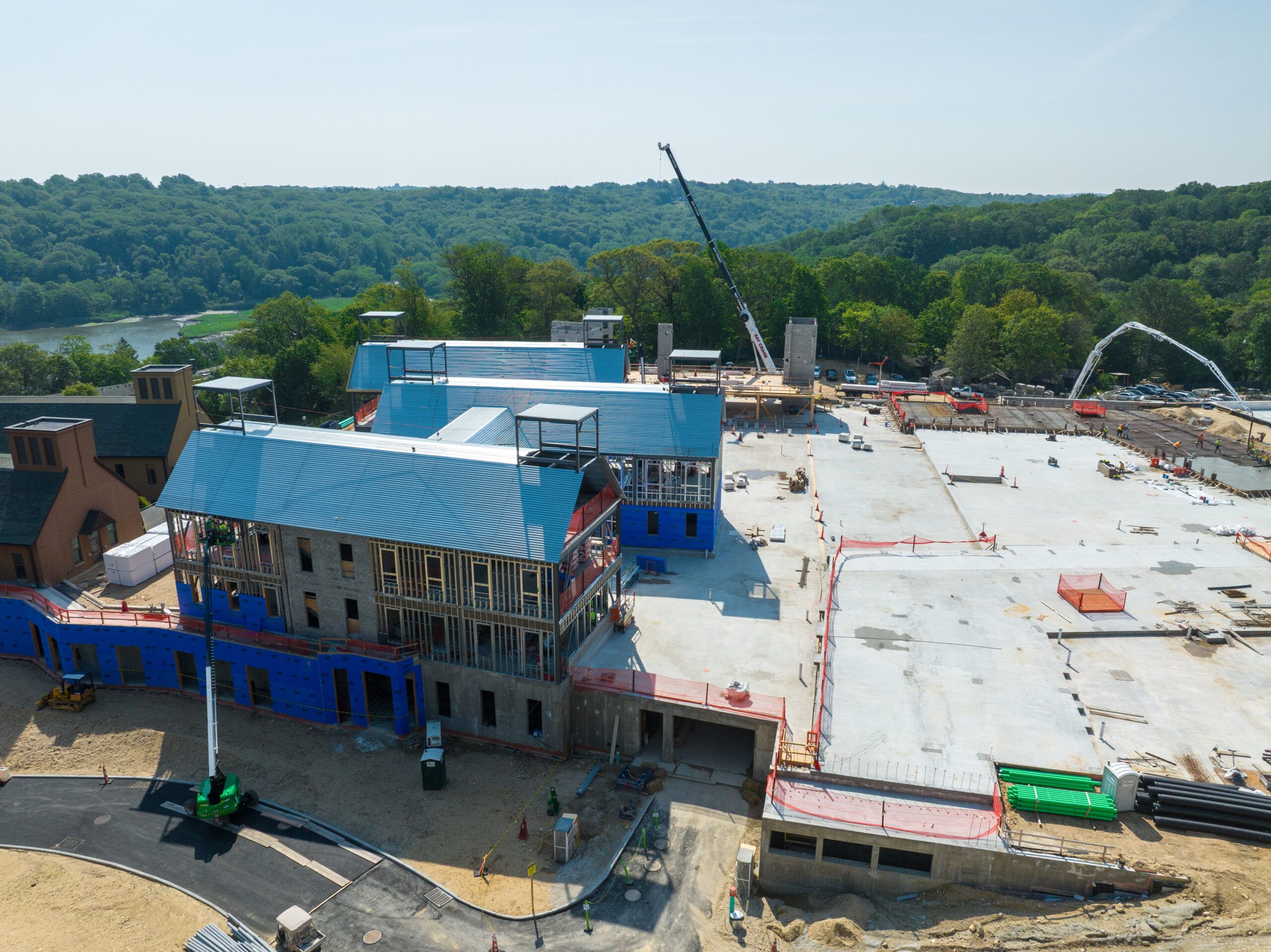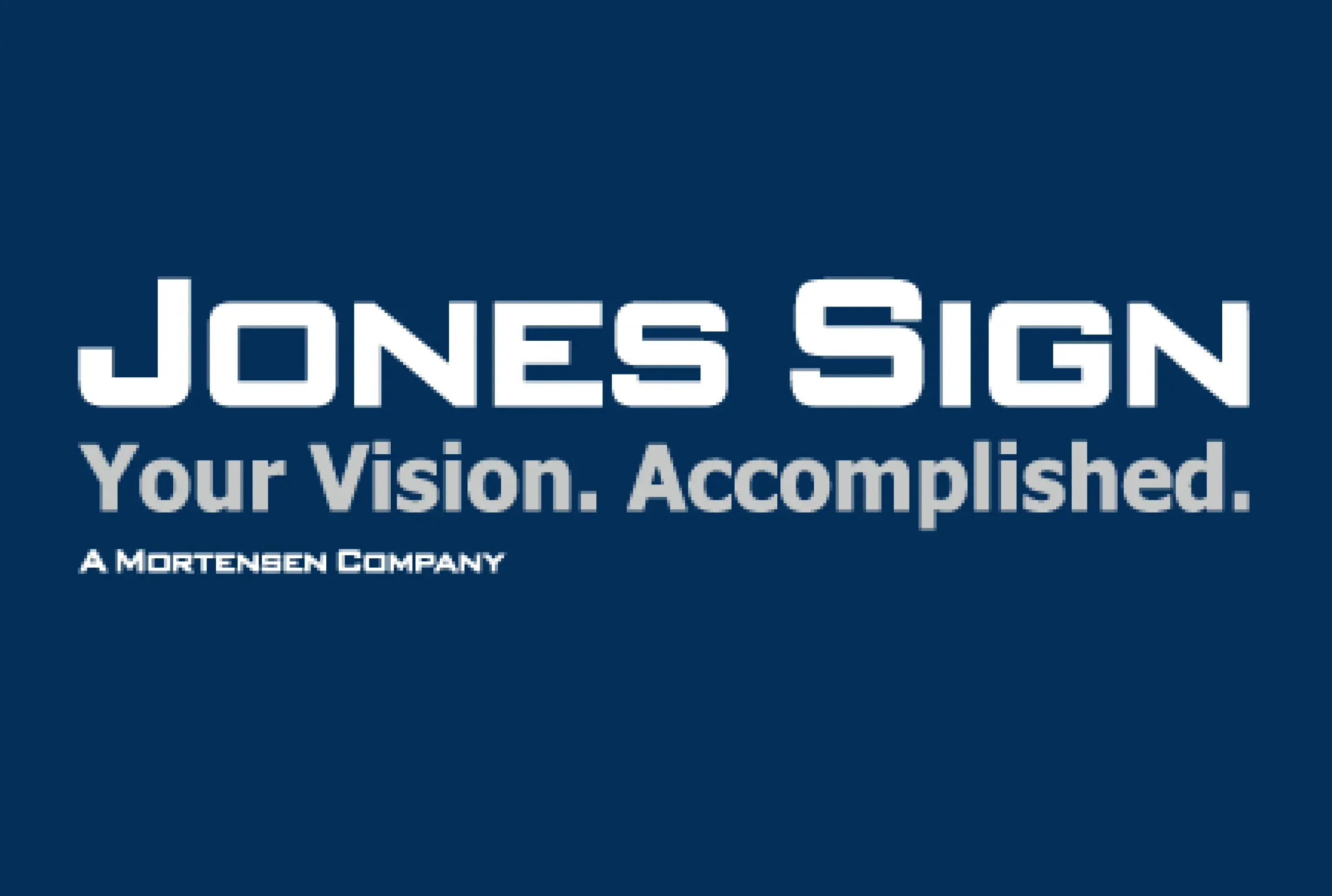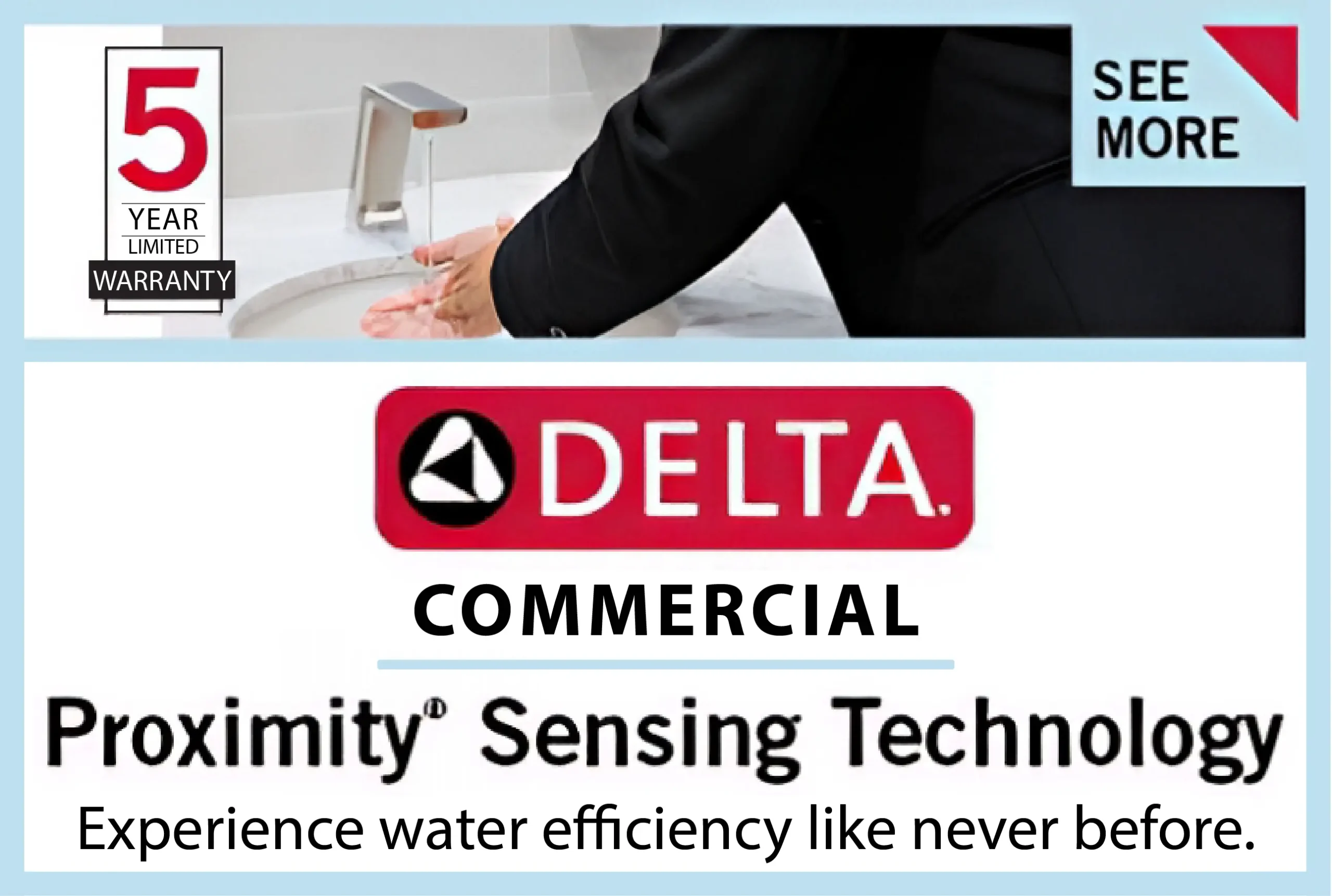The first impression of any commercial building begins with its entrance. Commercial entry doors serve as both the physical and metaphorical gateway to your business, setting the tone for what clients and visitors can expect inside. Selecting the right entry doors isn’t merely about aesthetics; it’s a critical decision that impacts everything from energy efficiency to brand perception and operational functionality.
The Psychology of Entrances in Commercial Architecture
Ask any successful architect about their design philosophy, and they’ll likely mention the importance of transitions. The journey from outside to inside should tell a story, creating a sequence that prepares visitors mentally for what they’re about to experience.
Entry doors function as chapter one of this story. A sleek glass and aluminum entry door system communicates modernity and transparency. Heavy wooden doors with ornate hardware suggest tradition and permanence. Steel-reinforced entry doors with minimalist designs balance security with contemporary aesthetics.
The materials, scale, and operation of entry doors subtly communicate your business values before anyone even steps across the threshold. It’s like a handshake between your building and its visitors; firm, welcoming, and revealing of character.
Balancing Form with Function
Modern commercial entry doors must satisfy seemingly contradictory requirements. They should be both inviting and secure, energy-efficient yet easy to operate, distinctive but compatible with overall building design. Achieving this balance requires thoughtful consideration of several key factors:
Material Selection Matters
The foundation of any great entry door system begins with material selection. Each option brings its own strengths to the equation:
Aluminum entry doors offer exceptional durability with minimal maintenance requirements, making them ideal for high-traffic commercial applications. Their lightweight nature allows for larger door designs without compromising operability.
Glass entry doors maximize natural light transmission and create visual connections between interior and exterior spaces. Modern glass technologies offer impressive security and insulation properties that overcome traditional limitations.
Steel entry doors provide unmatched security and fire resistance, crucial for certain commercial applications where safety regulations are stringent. Contemporary finishing techniques have elevated steel beyond purely utilitarian applications.
Wood entry doors bring warmth and natural beauty that other materials struggle to match. While requiring more maintenance in commercial settings, engineered wood products have improved durability while maintaining aesthetic appeal.
Fiberglass entry doors offer an excellent middle ground, mimicking the appearance of wood while providing superior weather resistance and insulation properties at competitive price points.
Operational Considerations
Even the most beautiful entry doors fail if they don’t function properly for their intended use. Commercial settings demand careful consideration of:
Traffic patterns: How many people will use these doors daily? Revolving entry doors might be optimal for high-volume locations, while automatic sliding entry doors better serve accessibility needs.
Security requirements: Does the entrance need controlled access integration? Modern entry door systems can incorporate keycard readers, biometric technology, and remote monitoring capabilities without sacrificing design aesthetics.
Energy management: In regions with extreme temperatures, insulated entry doors with proper weatherstripping and thermal breaks significantly reduce heating and cooling costs. Vestibule designs with sequential entry door systems further enhance energy performance.
Maintenance realities: Consider the practical aspects of keeping entry doors functioning properly year after year. Some stunning designs require impractical maintenance schedules that eventually lead to premature replacement.
Trends Reshaping Commercial Entryways
The world of commercial entry doors continues to evolve, with several noteworthy trends emerging:
Oversized Statements
Increasingly, architects are embracing dramatic scale with tall entry doors that create memorable impressions. These grand entrance statements often feature pivot mechanisms rather than traditional hinges, allowing massive doors to operate with surprising ease.
Integrated Technology
Smart entry door systems now incorporate technology beyond basic security. integrated LED lighting, digital displays, and environmental sensors are being seamlessly built into door frames and surrounding elements, transforming entryways into information portals.
Biophilic Connections
The growing emphasis on biophilic design has influenced entry door configurations, with more projects featuring plantings, natural materials, and designs that blur the distinction between interior and exterior spaces. Custom entry doors increasingly incorporate natural elements or patterns inspired by nature.
Accessibility Re-imagined
Universal design principles have moved beyond compliance to become central design features. Power-assisted entry doors, zero-threshold transitions, and intuitive wayfinding elements are being integrated from the beginning rather than added as afterthoughts.
Making the Right Selection
When advising clients on entry door selections, consider the entire lifecycle:
Initial impression: Does the entry door design align with the desired brand perception? Premium retail establishments demand different entry solutions than industrial facilities or healthcare settings.
Daily performance: Will the chosen entry doors withstand the specific operational demands of the facility? Consider factors like wind loads, temperature fluctuations, and usage patterns.
Long-term value: Quality entry door systems represent significant investments that should deliver returns through durability, energy savings, and reduced maintenance costs. The cheapest initial option rarely proves most economical over time.
Future adaptability: As building needs evolve, can the entry door system adapt? Modular designs that allow for reconfiguration or technology upgrades offer better long-term value.
The Bottom Line
Entry doors represent far more than simple building components. They function as critical transition points, security elements, energy management systems, and powerful brand statements. When properly selected and implemented, they enhance both the experience and performance of commercial buildings.
Like the opening notes of a symphony, entry doors set the tone for everything that follows. By thoughtfully balancing aesthetics, functionality, and longevity, you create an entrance experience that resonates with visitors while serving practical building needs for years to come.











